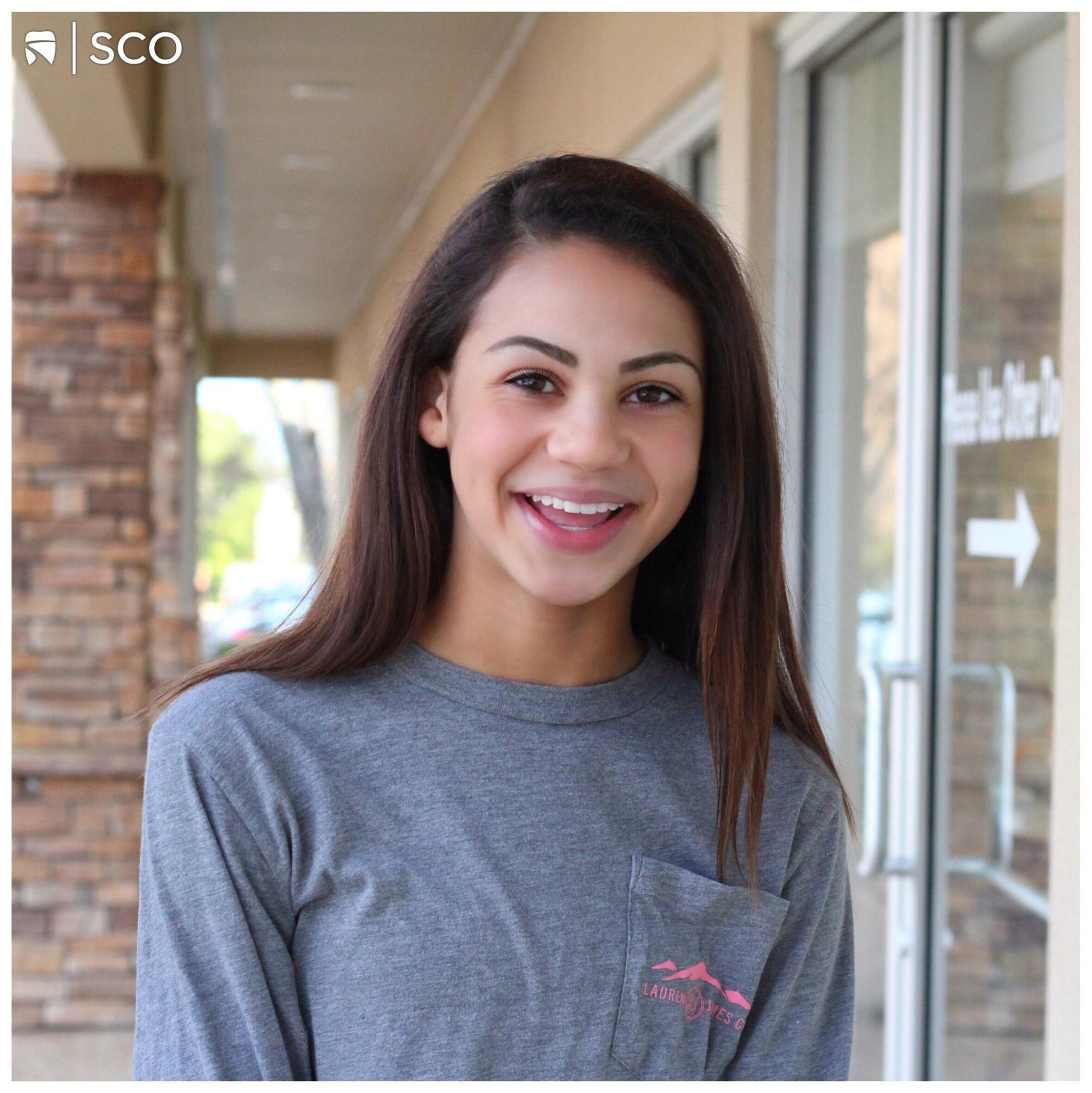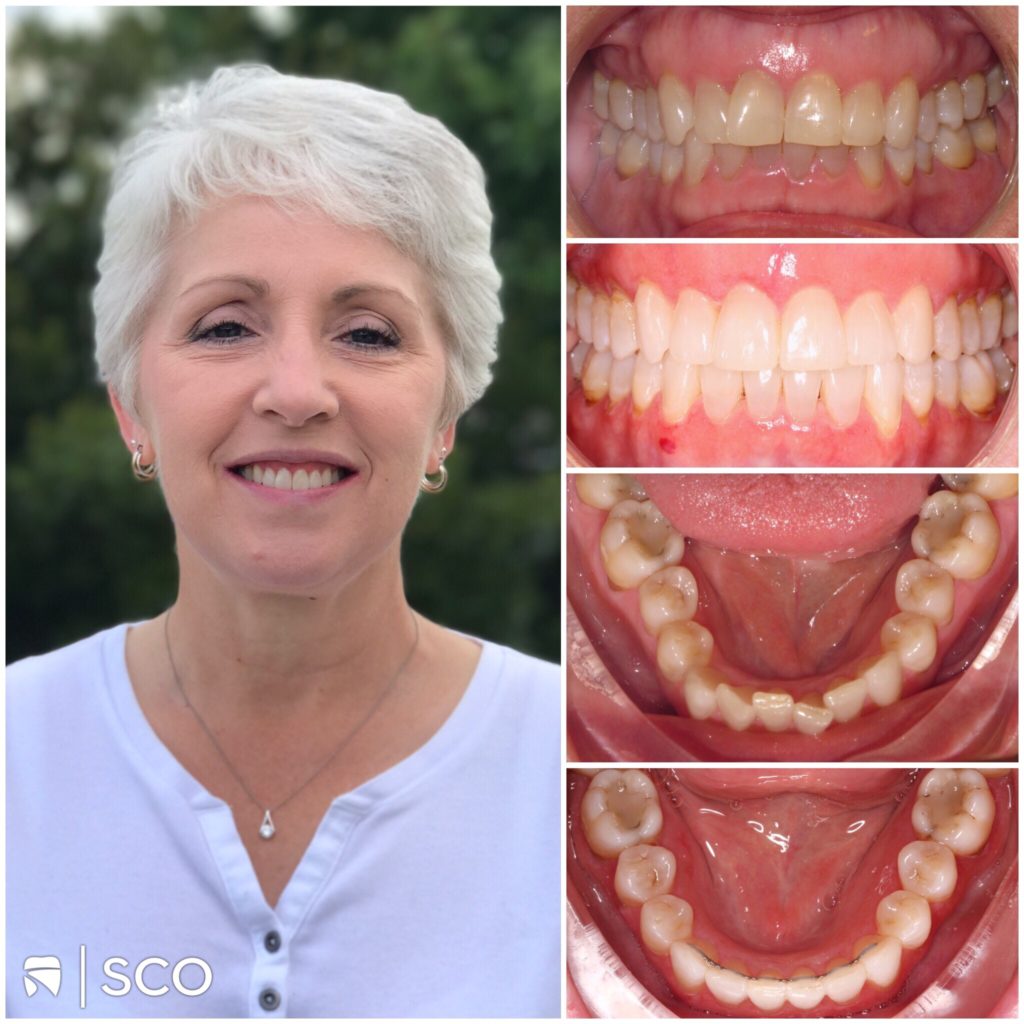Whether you’ve spent a few years in braces or have been in Invisalign aligners for several months, there’s a lot of time, dedication, and effort that goes into straightening your smile. That’s just one reason why it’s so exciting to complete your orthodontic treatment! This is definitely a time for celebrating and sharing your beautiful new smile with everybody around you, but it’s also important to remember that this is only the first step in your orthodontic journey. The one that comes next is every bit as essential in giving you long-lasting results you can be proud of!
Once your braces come off or you use your last aligner, it’s necessary to round out the process with regular retainer use. Here at Saddle Creek Orthodontics, you’ll hear us talk a lot about how retainers are a key part of keeping your teeth in their new and improved positions. To understand why using a retainer plays such a major role in your overall orthodontic success, please keep reading below.
First things first. What exactly is a retainer?
A retainer is an orthodontic appliance that is molded and designed to fit each individual patient’s mouth. After taking an impression of your newly straightened teeth, we’ll create a customized retainer for you using either a clear plastic material (for an Essix retainer) or wire and an acrylic material (for a Hawley retainer).
Modern orthodontic wisdom (and years of research) tells us that wearing some type of retainer part-time for the rest of your life is the only guaranteed way to keep your teeth in their improved positions. While this may sound a little overwhelming at first, your retainer will become just another part of your daily routine before you know it!
Although your retainer may feel sort of weird at first, and can sometimes affect your speech temporarily, any initial discomfort shouldn’t last long. Don’t let it deter you from wearing the retainer as recommended by Dr. Fagala! Slacking on your retainer use keeps it from doing its job, and your teeth will begin shifting over time, eventually leaving you right back where you started (or close to it).
Are there different types of retainers available?
There are actually two different types of retainers: fixed and removable. There are several factors Dr. Fagala will take into consideration before deciding which kind would best fit you and your lifestyle. These include the specifics of your particular case, your preferences, and the overall compliance expected.
Fixed retainers
A fixed retainer usually consists of a thin wire positioned across the interior surface of the lower or upper front teeth. This wire is then bonded into place with a glue similar to the one used to attach braces to teeth. Although this type of retainer can take a little more work to keep clean, it often has the best outcome overall. This is because the bonded wire has the ability to hold the newly straightened teeth in a more ideal alignment over a long period of time.
Removable retainers
There are a couple of different types of removable retainers. The Hawley retainer is made up of a wire going across the front teeth, and held in place with an acrylic material and clasps. The clasps wrap around the back teeth to keep the retainer in place. Many orthodontists are currently moving away from this more traditional retainer, but it can still be very useful in some cases.
There’s another type of removable retainer that looks very similar to an Invisalign aligner. Essix retainers have been growing in popularity with both orthodontists and patients recently! They are made of a transparent plastic material that looks and feels similar to the trays used in clear aligner therapy, and each one is molded to the unique shape of your mouth. This makes them much less noticeable – and oftentimes more comfortable – than traditional wire retainers.
Cleaning your teeth is easier with these removable retainers, but you will have to remember to wear it daily. As you begin this second step of treatment, you will probably need to wear your retainer all day and all night for about three months. At the end of this period, we’ll take a look at your teeth, and if no movement is detected, you may be able to wear the retainer less often.
Removable retainers do tend to be more prone to loss and damage, so be careful with them. It’s not uncommon for dogs to think they are a new toy, so be sure to keep them out of reach from pets! There may be a charge to replace a lost, broken, or chewed on retainer, so keep them in a safe place when they aren’t in your mouth.
But why, exactly, are retainers so important?
When the initial phase of treatment is complete, your teeth aren’t the only things we want to stay in place. The gums and bones in your mouth will need to align to these new positions, too. Because the soft and hard tissues surrounding the teeth can sometimes take a little longer to align to a different position, wearing a retainer regularly can help the gums and bones to realign, further stabilizing your new bite.
Does that sound complicated? To put it more simply, it helps to understand that teeth aren’t just fixed in the jaw. Each one is held in its socket by elastic ligaments that attach the roots to the bone. These ligaments are living tissue that are affected by the movement of the teeth, and this attachment is what allows for the small movements of the teeth during treatment. When tension is placed in and around the teeth using an orthodontic appliance like braces or Invisalign, new ligaments (and sometimes even bone) are formed.
Once the remodeling phase, or the first phase of treatment, is complete, those same tissues, ligaments, and bone will need time to stabilize. Without a retainer to help hold these new positions as they stabilize, the teeth will almost always migrate back to their old positions. It can take several months to a few years for the new position of your teeth to become more permanent.
Saddle Creek Orthodontics offers superior service for retainers…and beyond!
Do you find yourself daydreaming about the day your braces come off? Are you currently counting down to your last Invisalign aligner? Maybe you’re in Memphis and want a refresher course on why retainers are so important to maintaining a straighter smile? Whatever your orthodontic needs, Saddle Creek Orthodontics is here for you! We’re happy to help with all your questions and concerns. For more information on the role retainers play after orthodontic treatment, get in touch with us today. Dr. Fagala and the rest of our talented team will keep your teeth in place and put a smile on your face!


